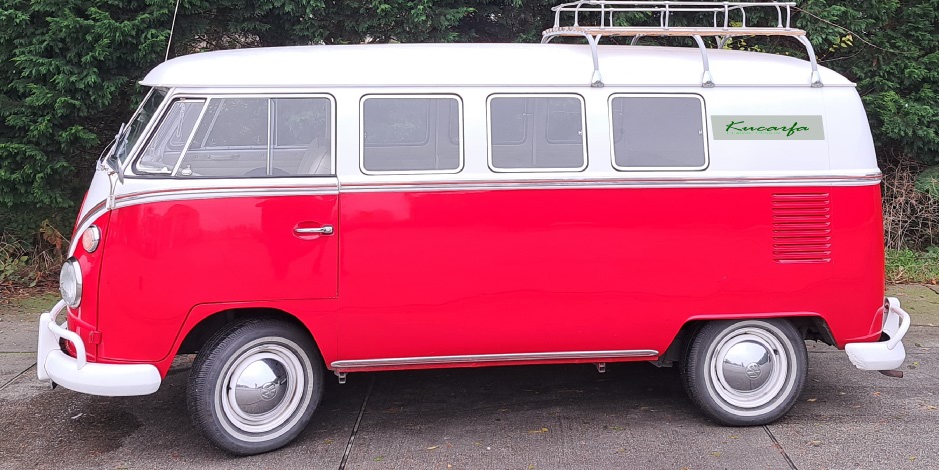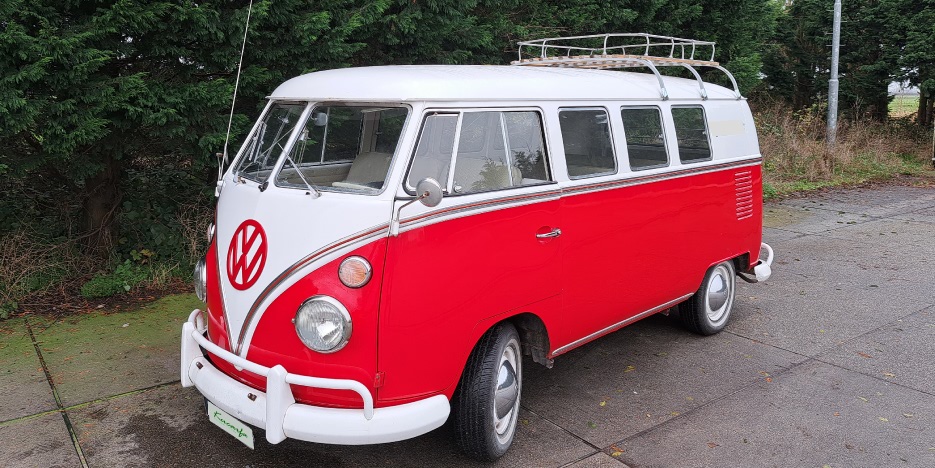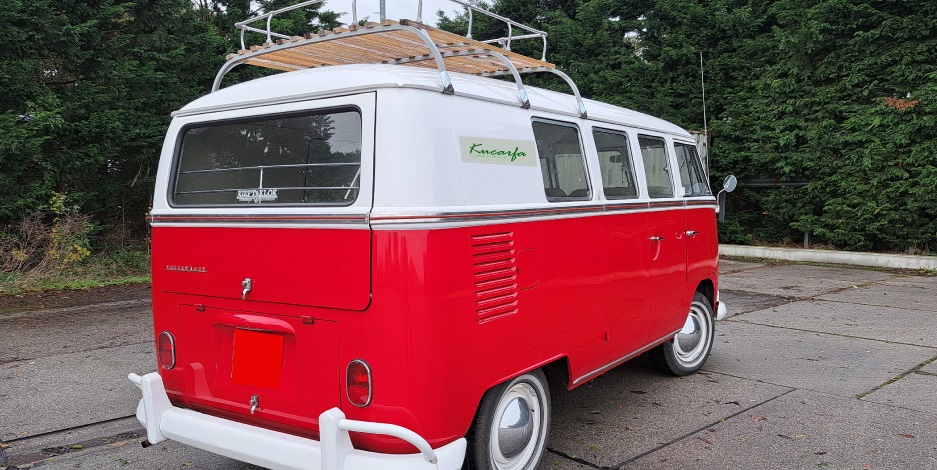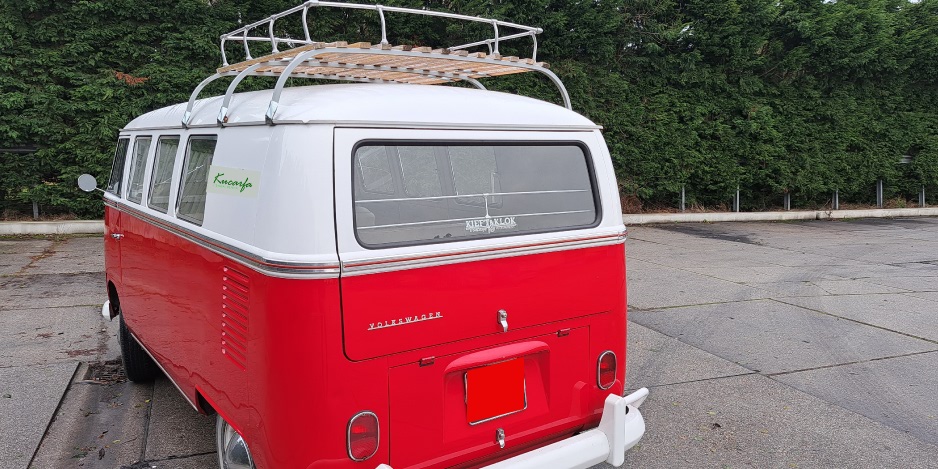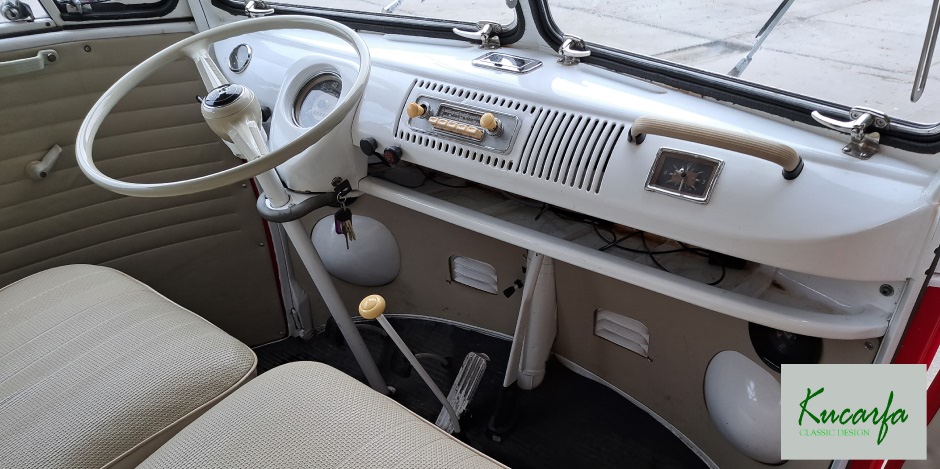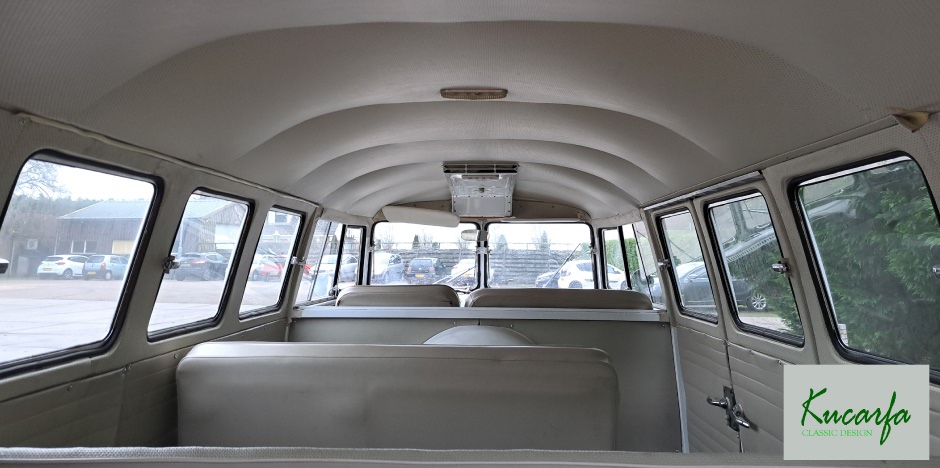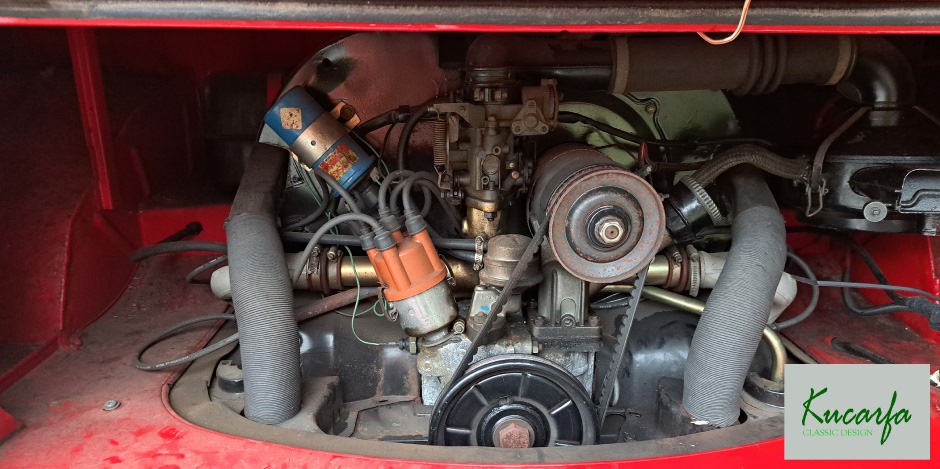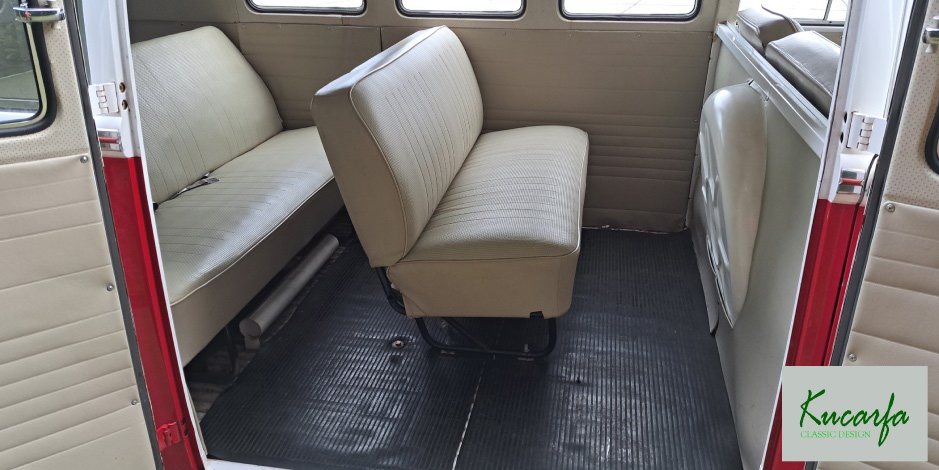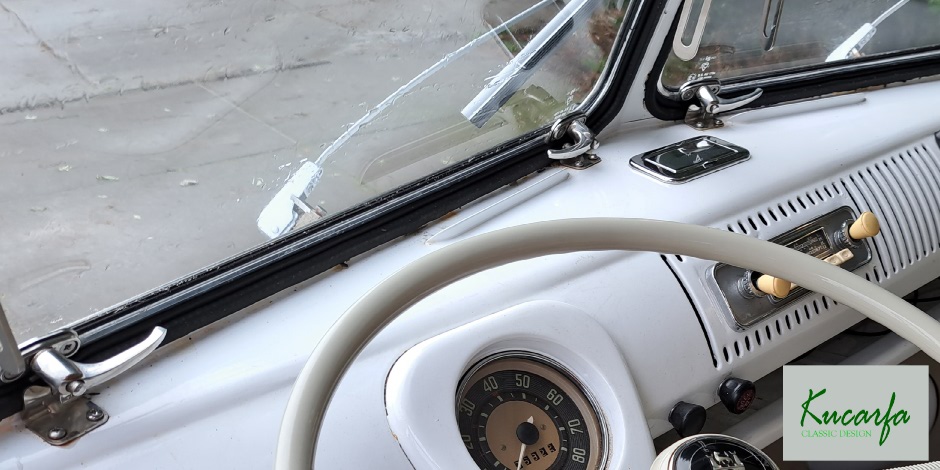Type 2 T1? This seems complex. Not really, although to the uninitiated the nomenclature surrounding VW’s evergreen utility vehicle can be a little confusing. It’s officially a Type 2 simply because it was the second vehicle type the then fledgling German firm had ever made, the first being the equally world-beating Beetle, or Type 1 if we’re being pedantic. And it’s a T1 because it’s simply the first version of that second vehicle type. So, it’s a Type 2 T1.
In production for a world-beating 64 years, the Type 2’s days finally ended in 2013, when the last versions rolled out of VW’s Achieta plant near Sao Paolo, Brazil, as they had for the previous 34 years. Quite simply, this slow, characterful, economical and easy-to-maintain minibus, van or camper had been irreplaceable. It was still selling well when VW applied the brakes. But modern safety regs had finally caught up with this much-loved vehicle.
The Camper and Kombi versions have long been the height of VW’s offbeat motoring chic. Second-hand examples − especially the original split-windscreen models with their swooping V-shaped fronts − command eye-watering prices, while if you find a high-spec Samba-Bus with skylight windows and a cloth sunroof (they were designed for Alpine touring), the price will be high.
VW was persuaded to make the Type 2 by Ben Pon, a Dutch businessman and Beetle importer, who became a millionaire exporting Kombis to the United States. Pon got the idea from the motorised trolleys used to transport parts around a VW factory in Wolfsburg.
They were made from stripped down Beetle chassis, which lead to his sketch of a Beetle-based van, slightly resembling a box on wheels. A year later when Heinz Nordhoff became the Chief Executive of Volkswagen, he ran with Pon’s idea, and the first Type 2 VW van was launched at the Geneva Motor Show in November 1949, and went on sale the following year.
It was a stylish, if unexpected design: a scientifically streamlined utility vehicle with an air-cooled engine hidden under the floor at the back, and with the driver perched over the front wheels, and with nothing in front of the windscreen − holding a big, bus-style steering wheel.
The T2 thrummed along inexhaustibly, accompanied by its distinctive VW beat, at 60mph carrying up to a ton of people and goods while weighing little more itself. It was quiet inside, while the rear-mounted engine provided impressive traction, enabling the vehicle to pull away happily in sand or snow.
In 1967, as the Summer of Love played out, the T2 was given a facelift, losing its distinctive split-screen and gaining a single piece wraparound windscreen, plus a more powerful, 1600cc engine. But in Brazil the split screen T1 continued in production, although it too gained the 1600cc engine, which today gives classic enthusiasts the best of both worlds.
With it’s stunning two-tone white and red colour scheme this split screen Kombi – or VW Microbus as the Americans refer to them – certainly stands out in a crowd. Not everyone will like the colours, but we think they suit it perfectly. Split screen buses have always had a cheeky look, and these are cheeky colours.
Technical data
|
Volkswagen T1 Kombi
|
|
| Model |
Type 2
|
| Steering |
LHD
|
| Year |
1967
|
| Engine |
flat 4 cylinder Air-cooled
|
| Displacement |
1.500 cc
|
| Power |
40 kW
|
There are lovely little design touches all over the place, particular favourites of ours being the Safari front windows, pretty aluminium trims on the front over riders, and the large, domed chrome hubcaps on the wheels.
The period looking roof rack adds to the Kombi’s charm and makes it capable of carrying even more kits too, although there’s room for a fair amount inside at the back, in the over engine load space.
The two rows of seats behind the three in the front where the driver sits are easily removable too.
This T1 Kombi is from the last production year in Europe (1967) and has the 1500 cc air-cooled engine with 54 hp. It was imported into the Netherlands in 2012. The current owner has owned this T1 for 10 years.

